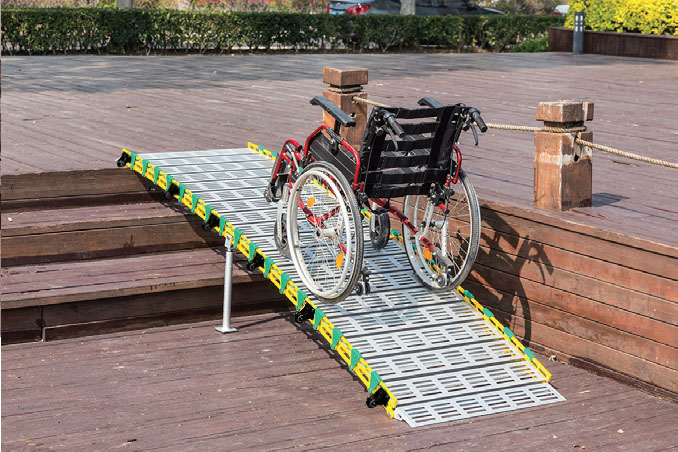 Series - Introduction to the Development and Historical Knowledge of Accessible Design (I)
Series - Introduction to the Development and Historical Knowledge of Accessible Design (I)
Aug 22, 2022
At the beginning of the 20th century, due to the call of humanitarianism, a new method of architectural design-barrier-free design was born in the field of architecture. It uses modern technology to build and transform the environment, provide convenient and safe space for the majority of disabled people, and create an environment for equal participation. The international research on the accessibility of the physical environment can be traced back to the early 1930s, when Sweden, Denmark and other countries built facilities for the disabled.
In 1961, the United States established the world's first Accessibility Standards. Since then, dozens of countries and regions, including the United Kingdom, Canada, and Japan, have successively formulated regulations. my country first proposed the construction of barrier-free facilities in March 1985. At that time, China Disabled Persons Welfare Foundation, Beijing Disabled Persons Association, and Beijing Architectural Design Institute jointly held a research meeting on disabled persons and social environment in Beijing, and issued a statement for disabled persons. The initiative to create a convenient living environment, in April of the same year, at the third session of the sixth session of the National People's Congress and the third session of the sixth session of the Chinese People's Political Consultative Conference, some deputies to the National People's Congress and members of the Chinese People's Political Consultative Conference put forward proposals and suggestions for the construction of special facilities for the needs of the disabled. In July 1986, the Ministry of Construction, the Ministry of Civil Affairs and the China Disabled Persons Welfare Foundation jointly compiled my country's first "Code for Design of Urban Roads and Buildings for Disabled Persons (Trial)", which was promulgated and implemented in 1989. The construction of barrier-free facilities in developed countries such as the United States and Japan and in developed regions such as Hong Kong Later, accessibility not only served the 37 million people with disabilities in the United States, but benefited the entire population. The construction of barrier-free environment in the United States has multi-level legislative guarantees and has entered the field of scientific research and education: various barrier-free facilities have an all-round layout and are coordinated with architectural art, which can be called world-class. Many colleges and universities in the United States have established a specialization in barrier-free design.
While carrying out the construction and renovation of barrier-free facilities, Europe emphasizes that the construction of houses should also be barrier-free, that is, for the disabled and the elderly. In the late 1930s, Sweden and Denmark began to provide apartments for the elderly.
There are about 200 million disabled people in the Asia-Pacific region. In recent years, Japan, Malaysia, the Philippines, South Korea and other countries have developed relatively good barrier-free facilities. Japan's current barrier-free facilities are relatively popular, and the unified construction regulations formulated by the country include barrier-free design. When each building is completed, a special department will check whether the construction of barrier-free facilities complies with the regulations. In some public facilities, especially stores, different levels of barrier-free design are implemented according to the size of the building area. For example, for large and medium-sized commercial buildings with an area of more than 1,500 square meters, it is stipulated that special parking lots, toilets, elevators, and unimpeded passage for wheelchair users should be provided for the disabled and the elderly.
Read More
 English
English русский
русский 한국의
한국의

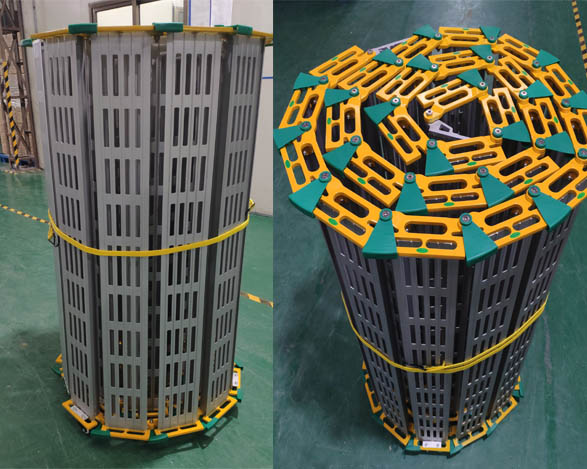
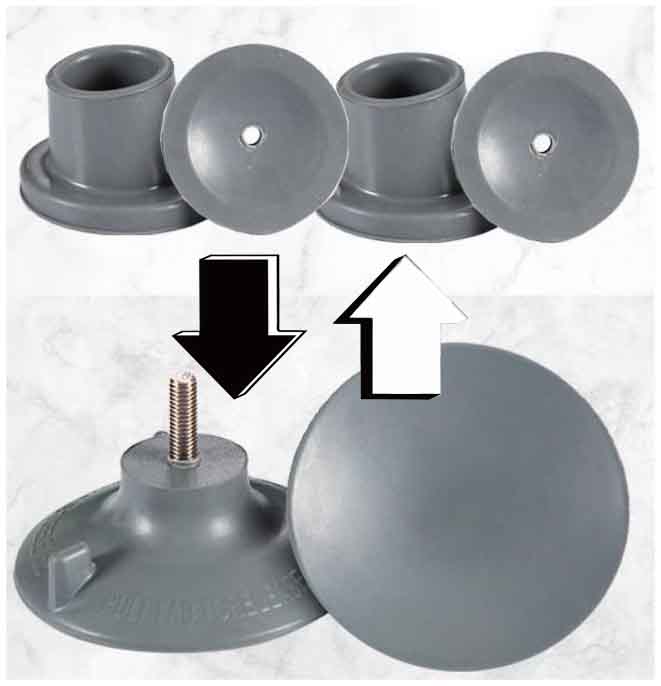




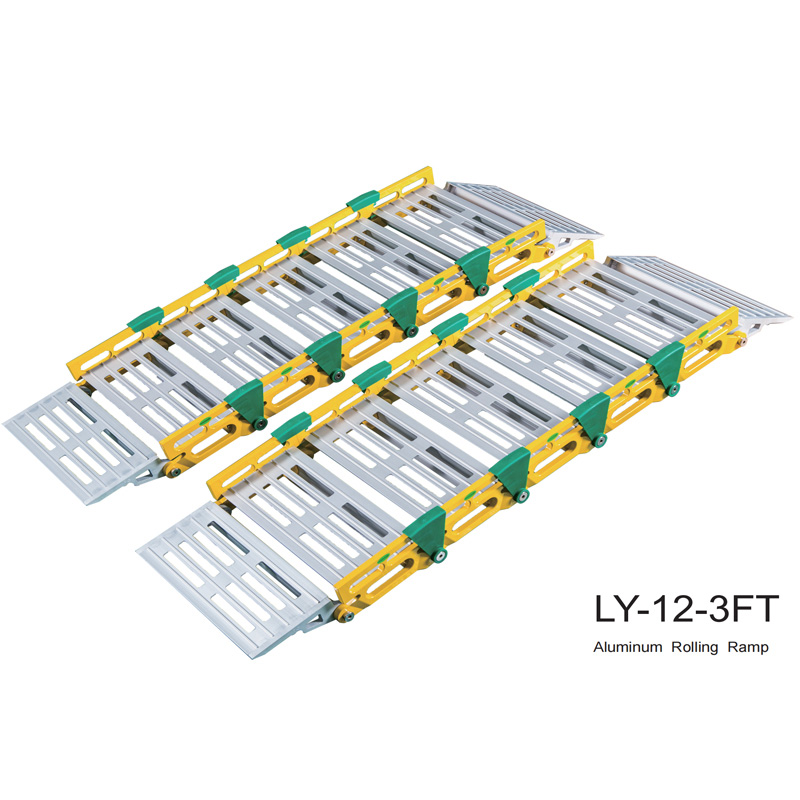
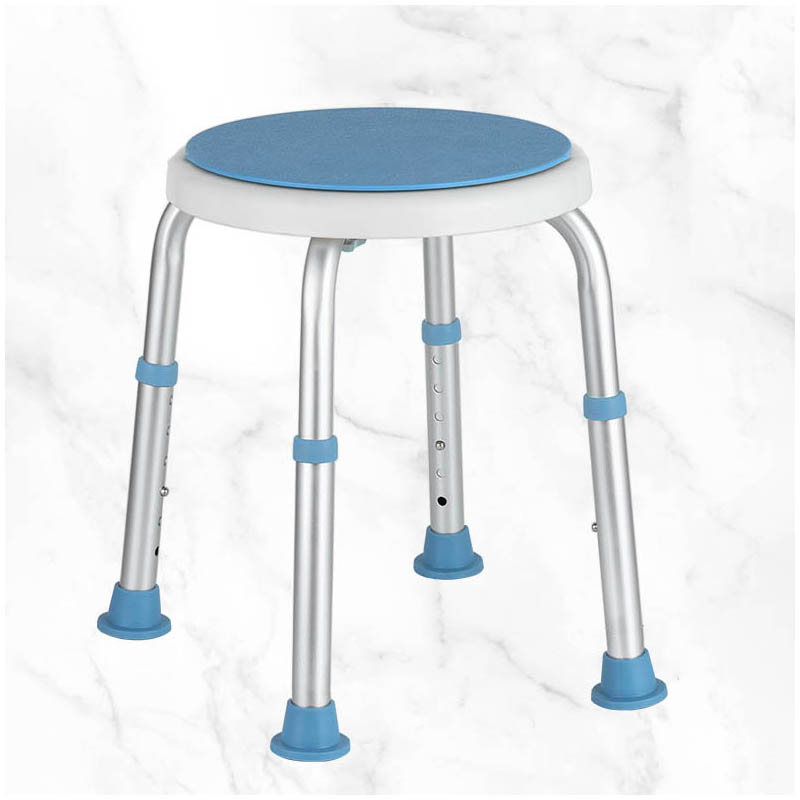
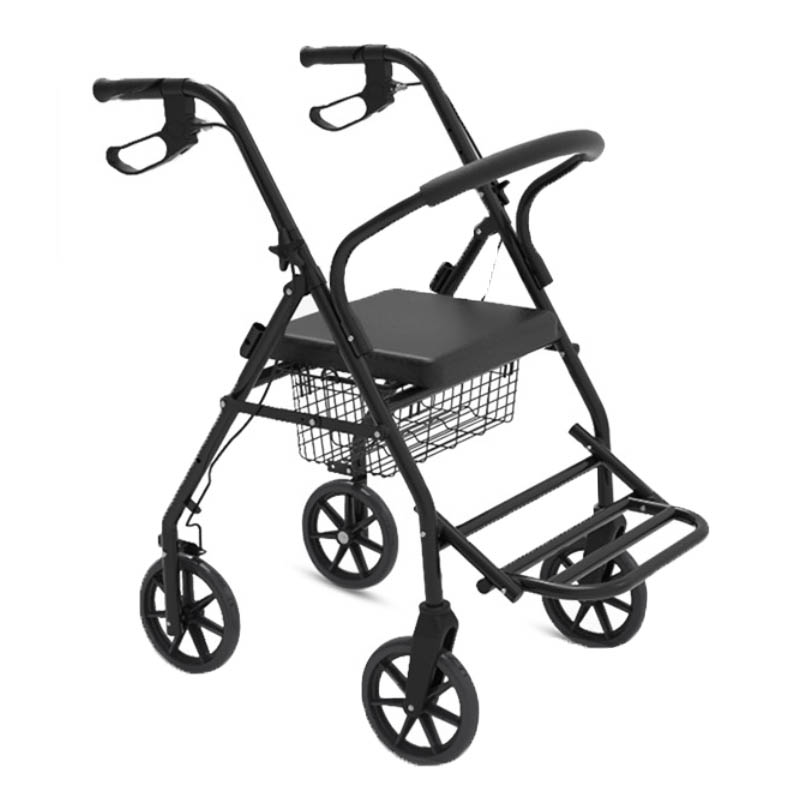
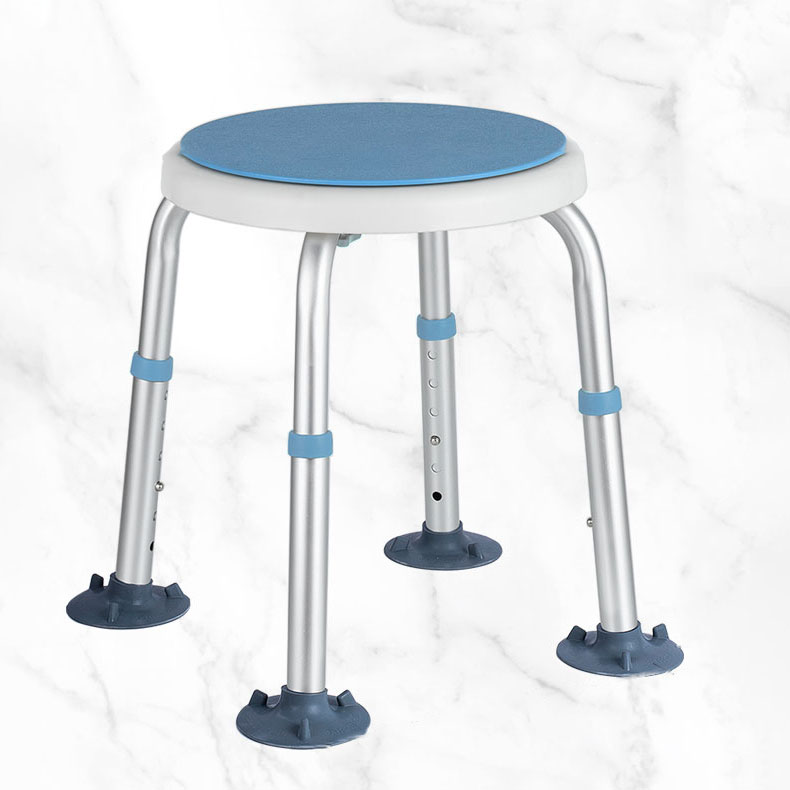
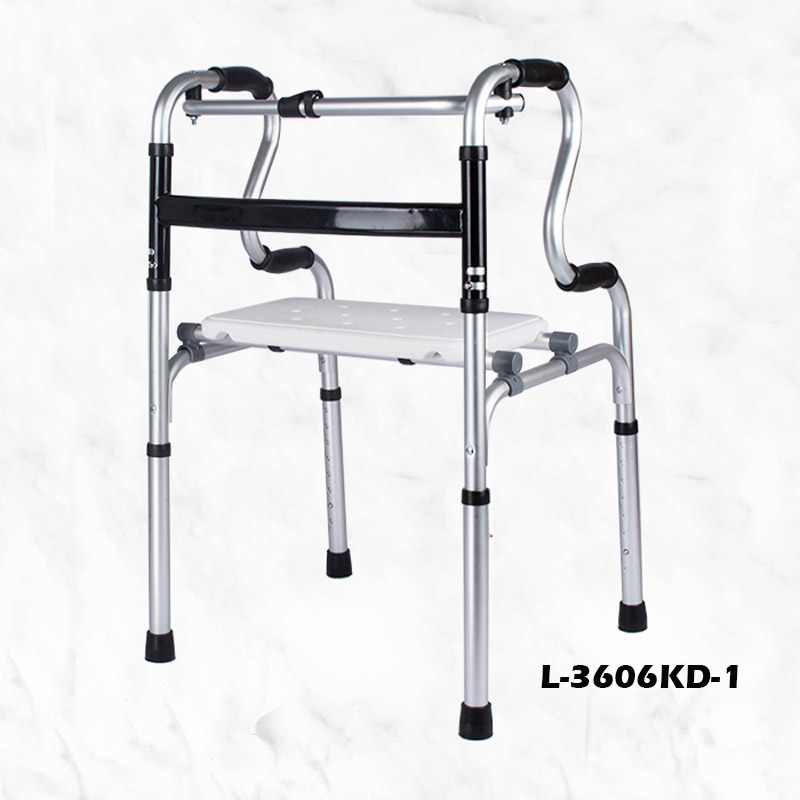

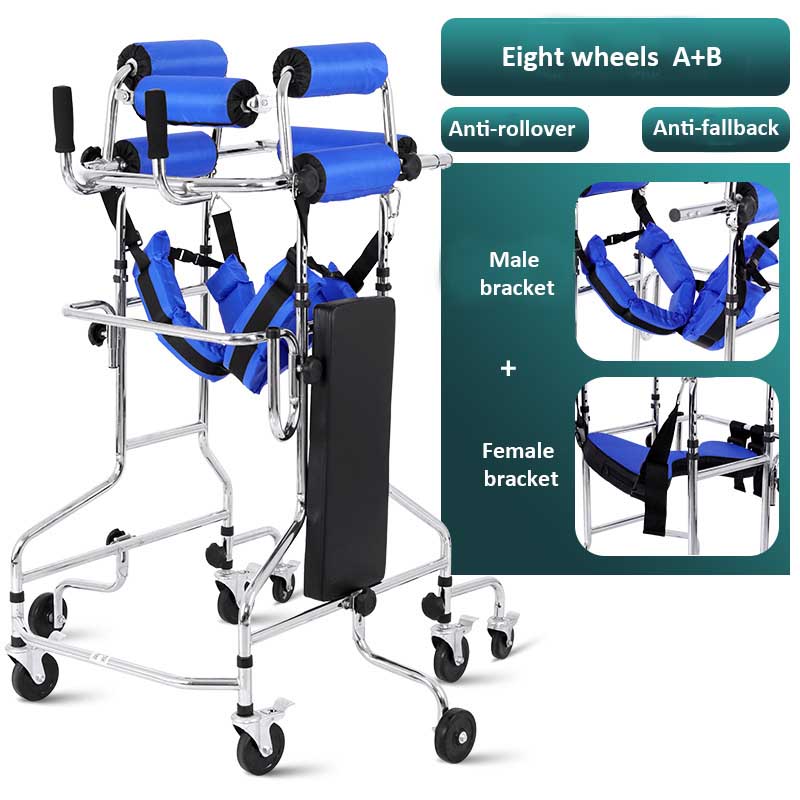
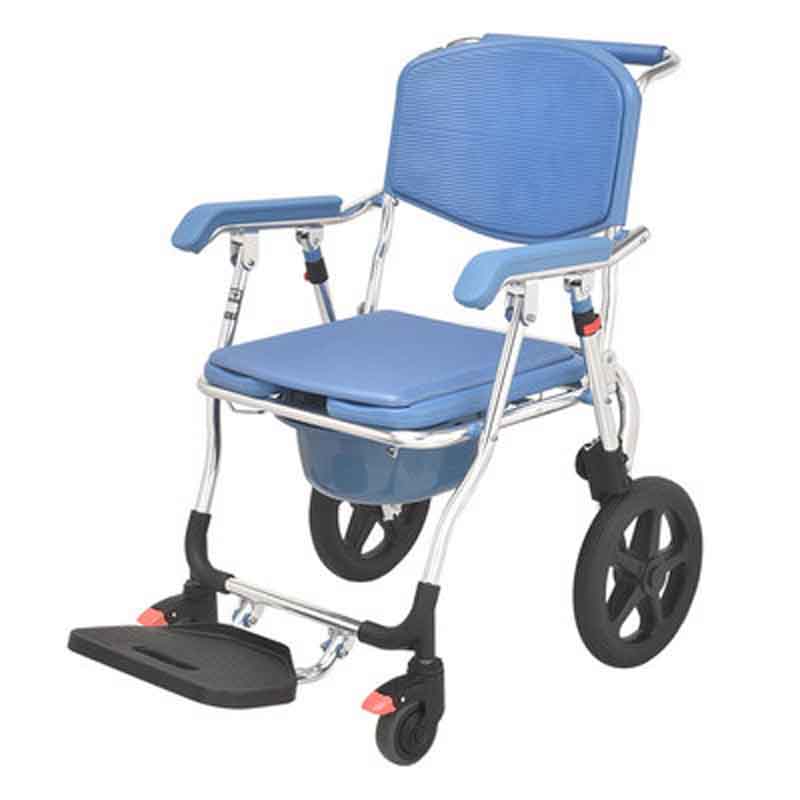

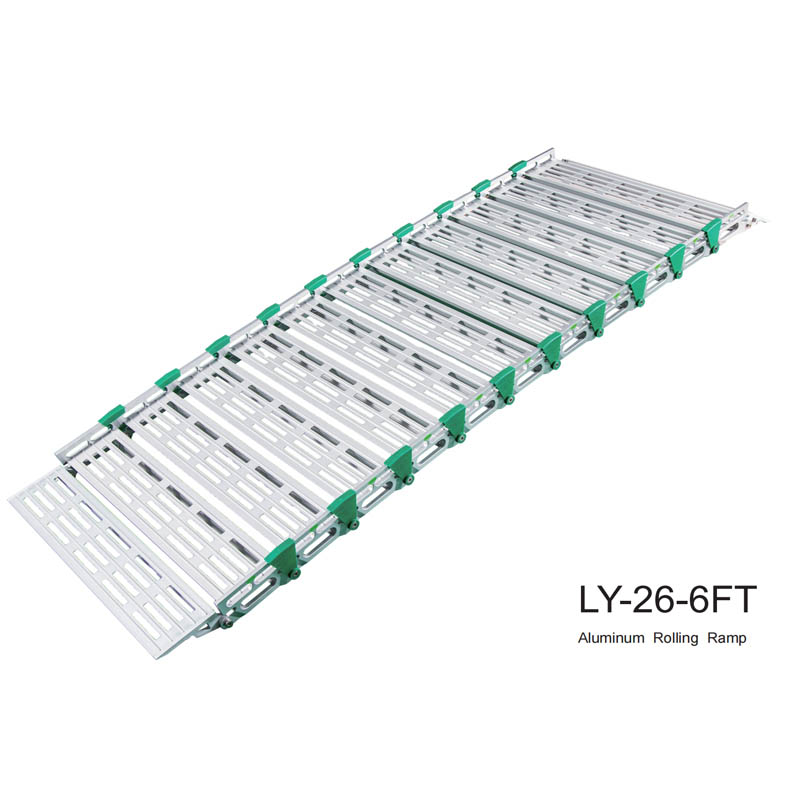
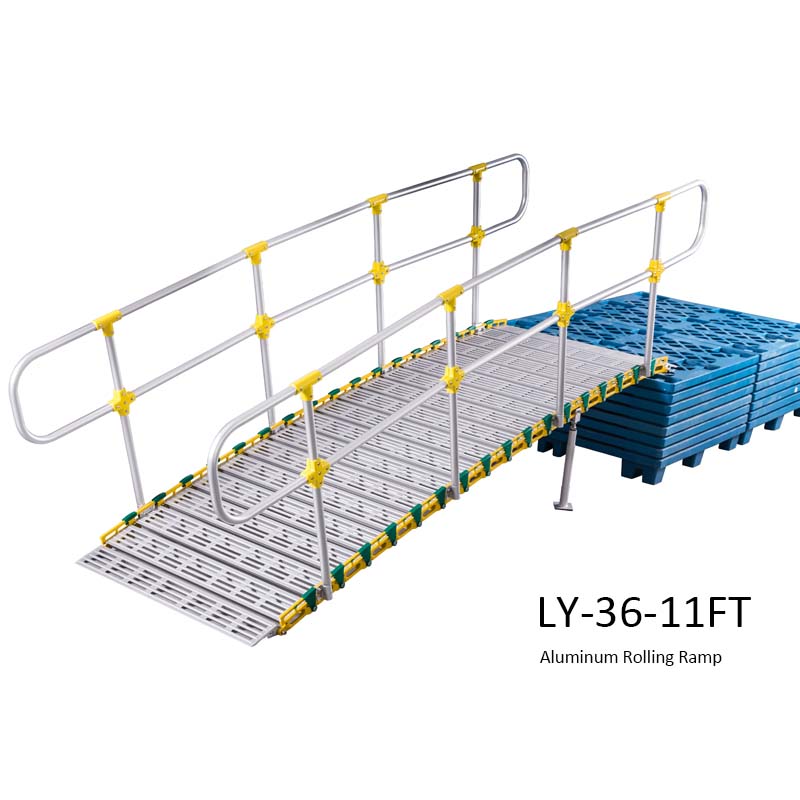

 IPv6 network supported
IPv6 network supported





